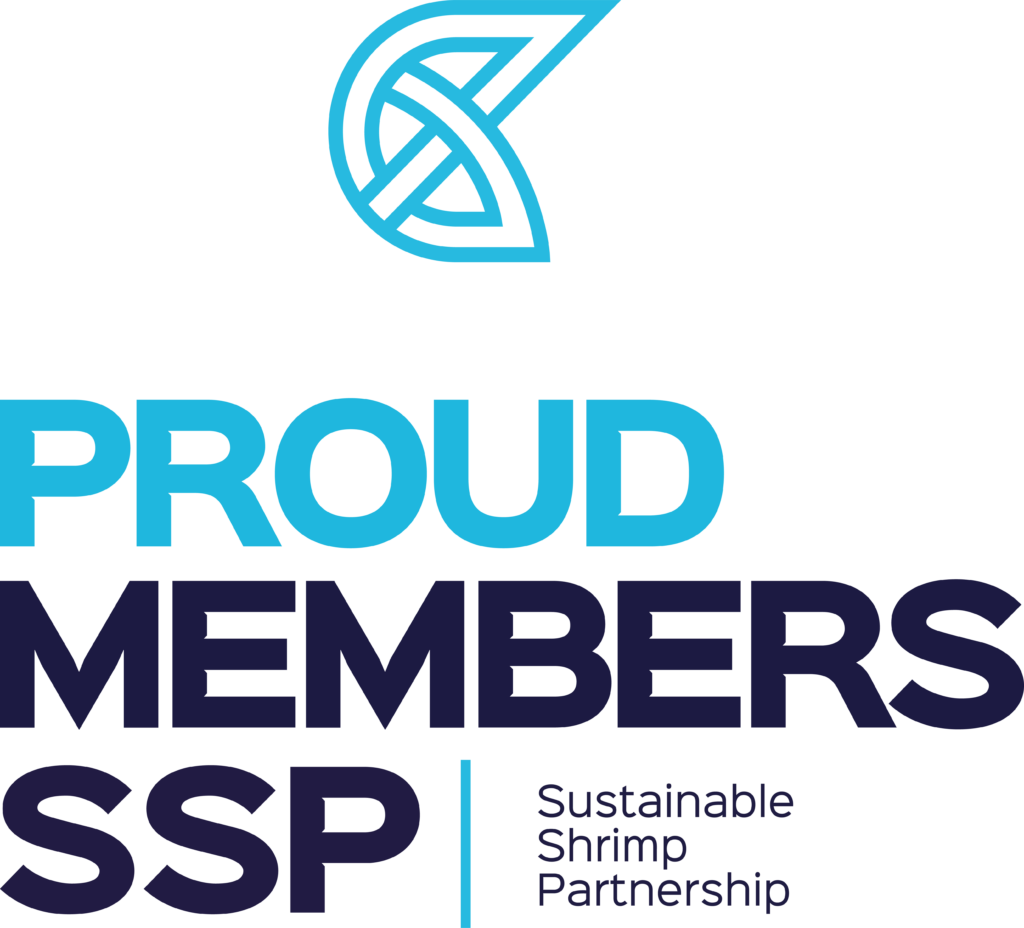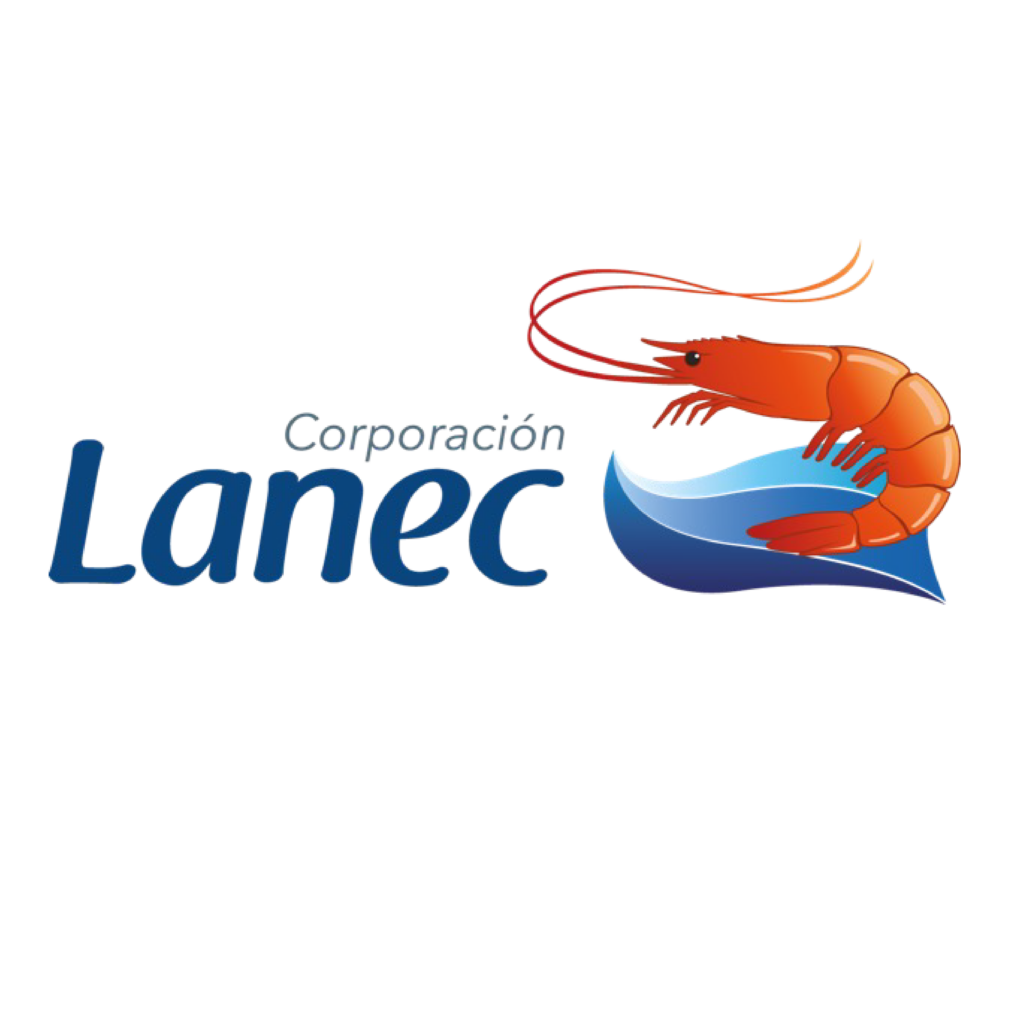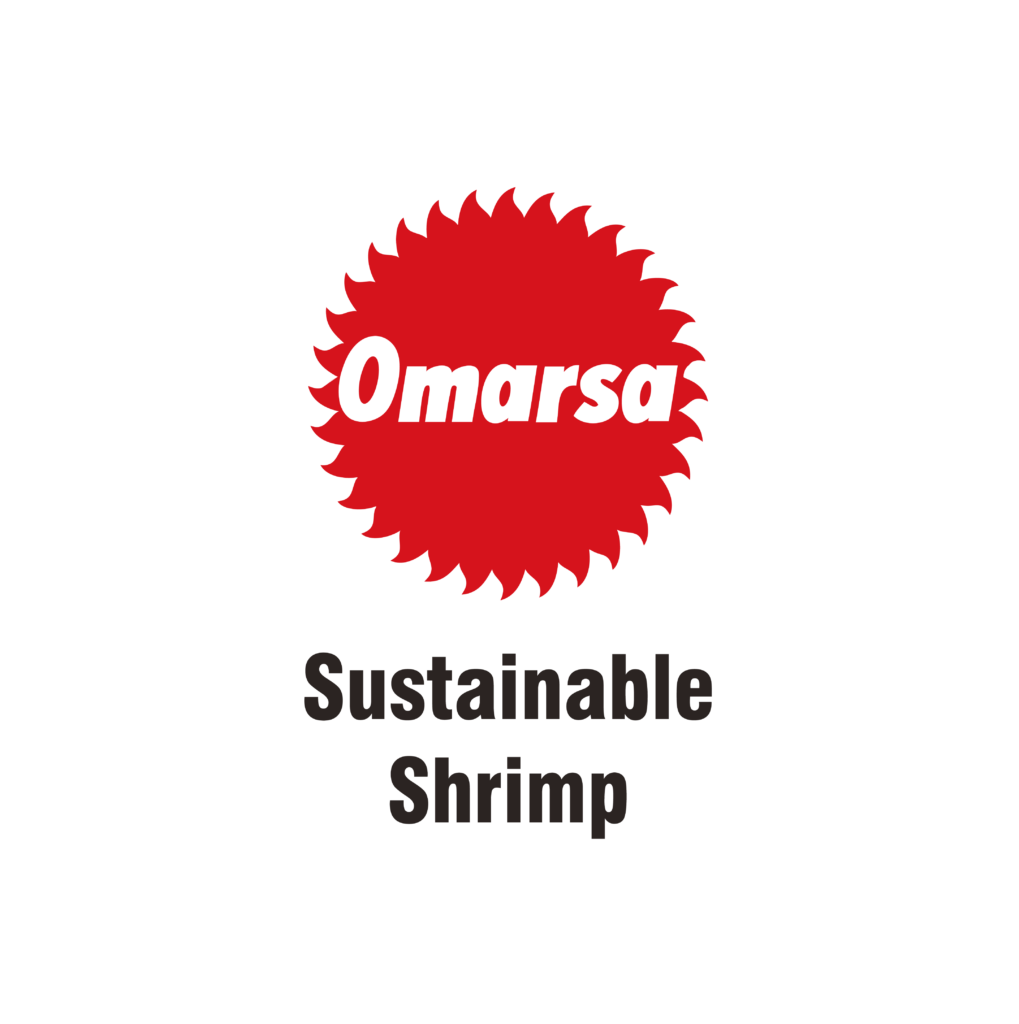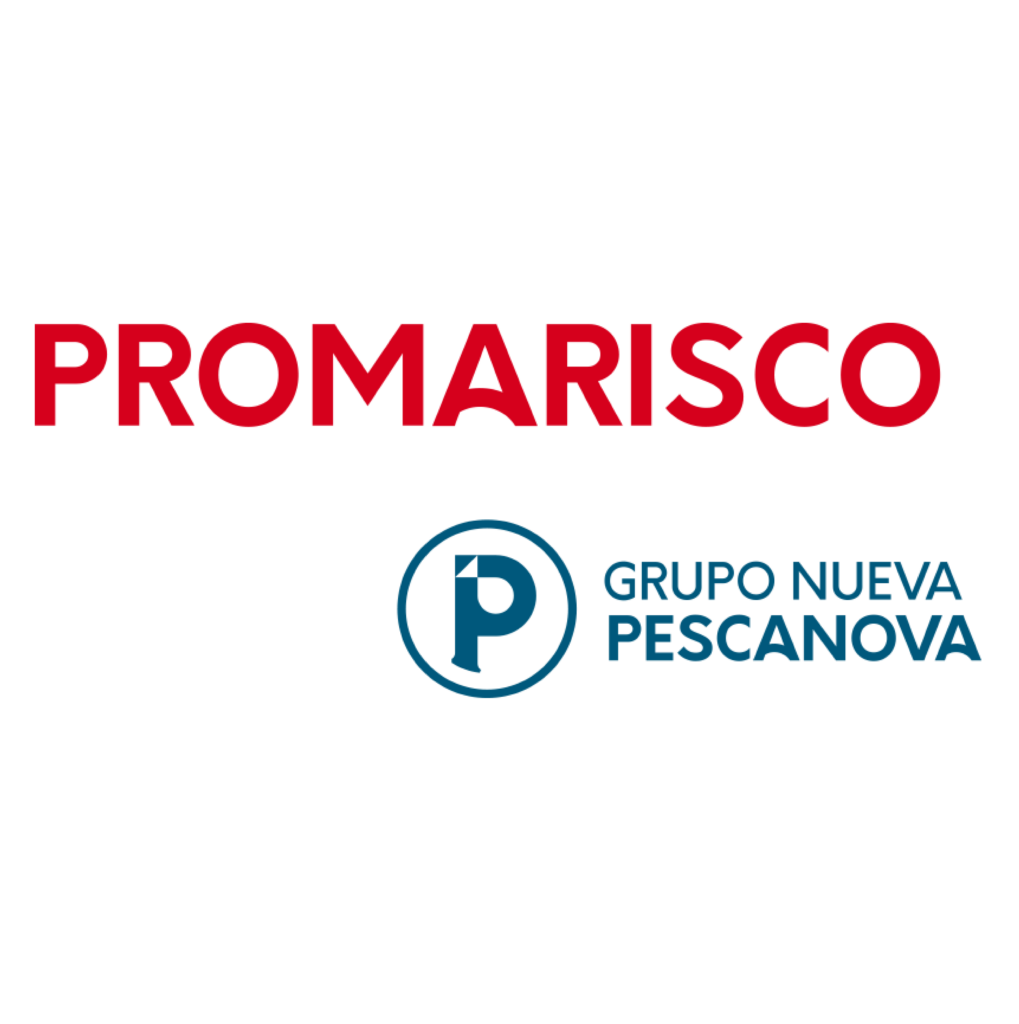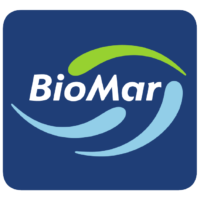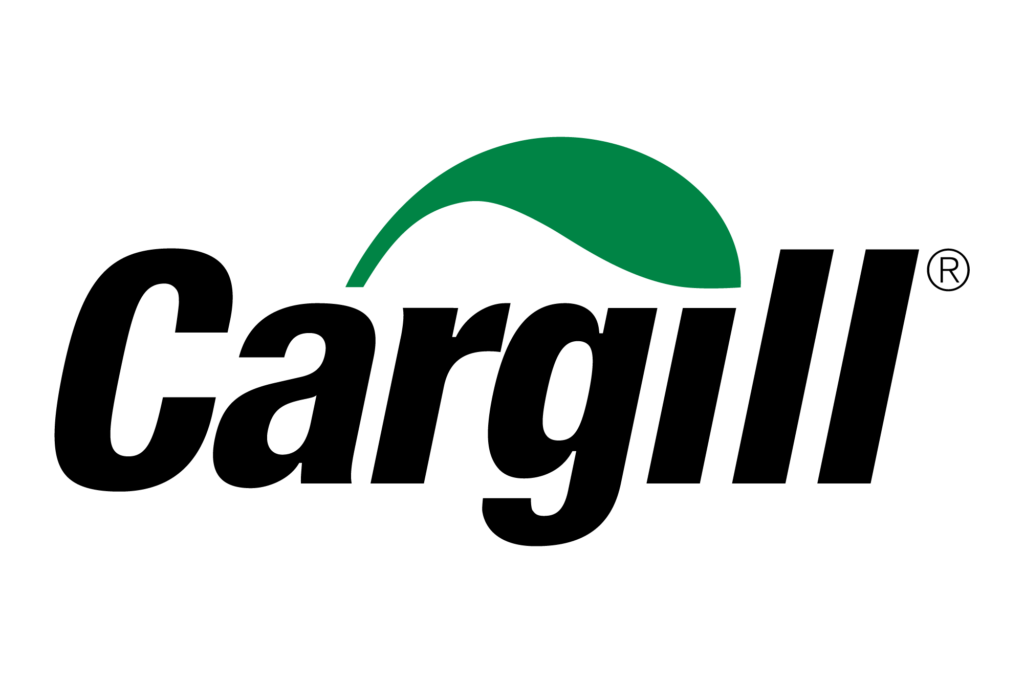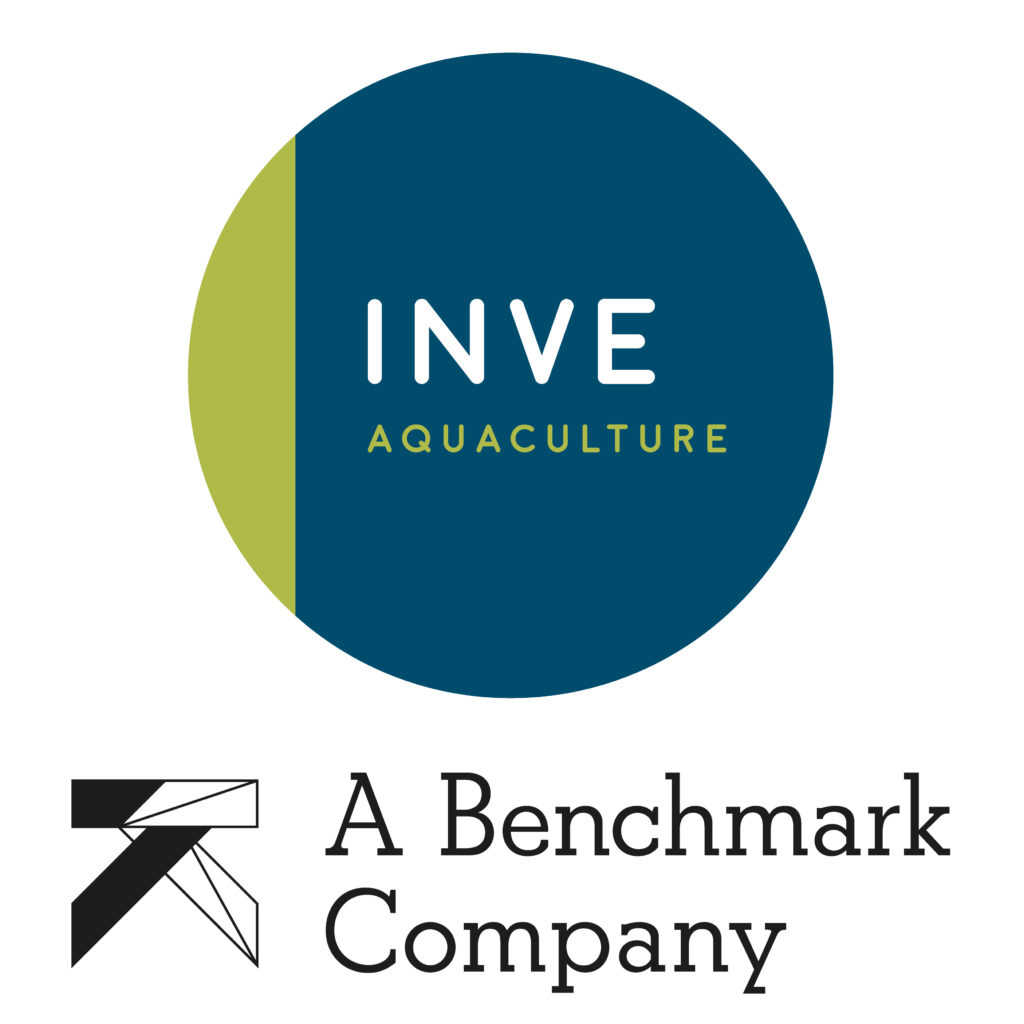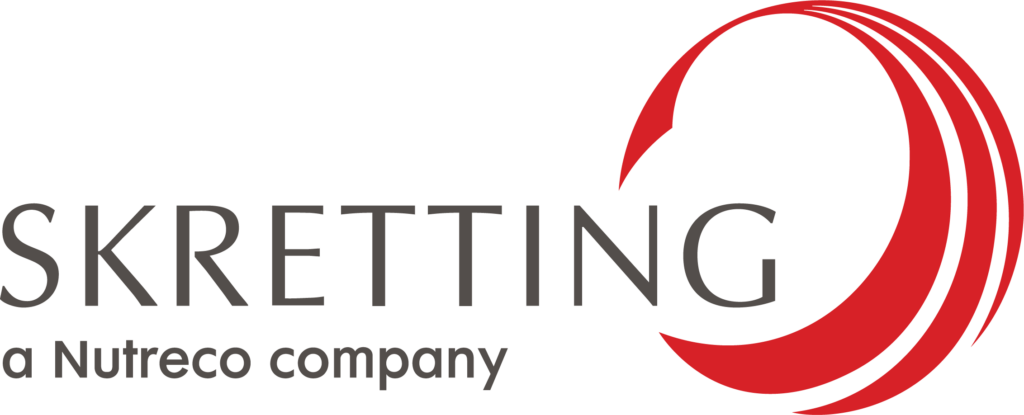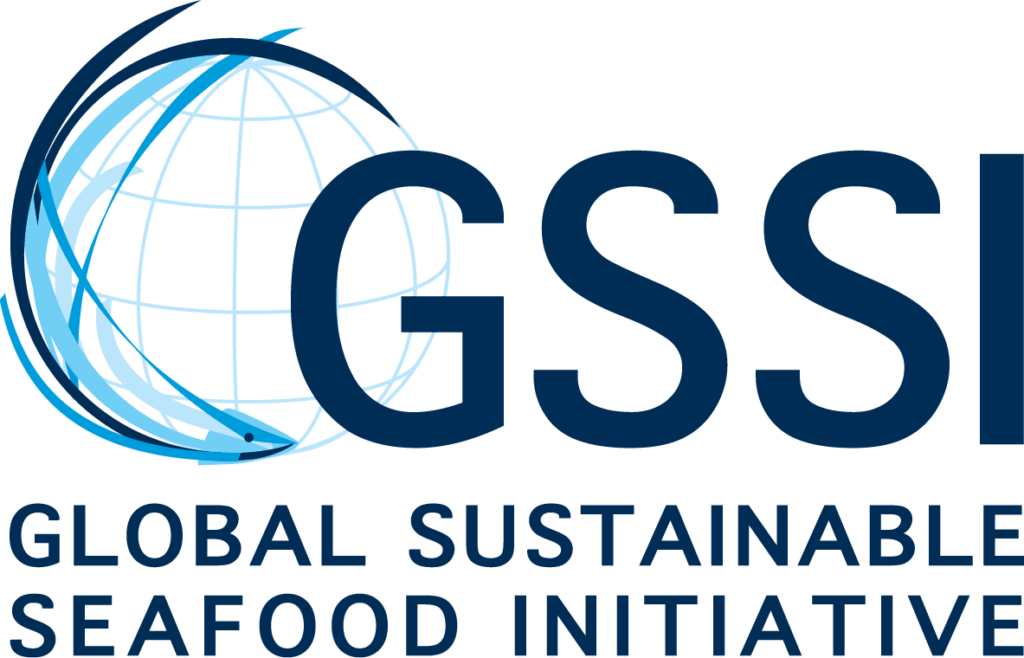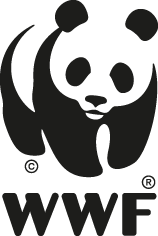The Secret of Ecuadorian Shrimp
Innovation + Commitment
in Shrimp Hatcheries
February, 2025
26 years ago, shrimp producers in Ecuador witnessed how a growing industry collapsed due to the white spot disease, one of the most devastating pathogens for aquaculture. By the year 2000, this disease had wiped out shrimp farms in the country, reducing exports by 70% and limiting production to 46,000 tons.
Many of the ponds in the 175,000 hectares dedicated to shrimp farming were left empty due to the high mortality caused by the white spot disease. The economic losses were so significant that many producers were forced to shut down their operations permanently. This crisis nearly caused the collapse of the sector. However, it also marked the turning point that initiated the sustainable growth of an entire industry
Those unfamiliar with the history of shrimp farming in Ecuador might imagine that overcoming this situation was impossible. But despite the challenges, and thanks to a key factor that will be highlighted throughout this report, Ecuador today is the world’s leading shrimp exporter and a leader in social, environmental, and quality practices in shrimp production.
In 2023, from its 225,000 hectares of shrimp farms, Ecuador exported nearly 1.2 million tons of shrimp to the rest of the world, according to data from the National Chamber of Aquaculture (CNA).
Comparing this situation to the 2000 crisis, several questions arise: How did Ecuador manage to increase its shrimp production nearly 26 times in just 23 years? And even more surprisingly, how was this production increase achieved when the area dedicated to shrimp farming grew by only 0.85% per year?
Spoiler Alert: The key factor was and continues to be technological innovation, which allows for increased stocking density and has a significant impact on the sustainability of shrimp aquaculture.
“Technification has been the main driver of industry growth,” shares the executive director of CNA, Yahira Piedrahita.
New technological solutions have emerged at every stage of shrimp production. Advances in genetics, bioremediation, feed formulation, machinery, and software are just some of the solutions she mentions.
But what role do these technologies play, and how do they help the sustainable development of the industry? Leonardo Maridueña, technical project coordinator at Sustainable Shrimp Partnership (SSP), explains that “they are tools used to create more efficient systems that reduce costs.” These savings can be economic, in energy, time, or raw materials, while also addressing issues related to pollution and reducing environmental and social impacts.
If we look back at the history of the white spot disease, we will find the emergence of one of the technological areas that has had the greatest impact on the industry and the best shrimp farming practices in Ecuador: genetic improvement programs.
When the White Spot disease caused the death of many shrimp, the animals that survived in the ponds sparked the interest of the industry. These survivors were selected and taken to hatcheries for reproduction, with the goal of creating a new generation of shrimp with the same resistance shown by the survivors. This led to the production of more robust and higher-quality animals compared to those previously harvested from the sea.
“Genetic improvement has been key to the sustainability of the shrimp farming activity,” states the expert in charge of the genetic program at Biogemar, Juan Manuel Afonso.
Alfonso, who works in the nauplii and larvae hatchery at Grupo Almar, explains that the shrimp’s adaptation to farming conditions reduces its chances of dying, which helps minimize the waste of formulated feed. Likewise, he points out that when measuring the carbon footprint, it is observed that animals that grow faster and have a lower mortality rate generate a smaller environmental footprint.
A genetic program is a plan to improve the characteristics of an animal population through selection and breeding. This process involves identifying and choosing organisms with the best genetic qualities and breeding them so that their offspring inherit these desirable traits. “The genetics are not being altered; we are just selecting the ones that are most useful,” Afonso clarifies.
The geneticist explains that genetic selection programs based on family information work like this: a male and a female are chosen, their offspring are obtained, and this offspring constitutes a family. Then, this family is compared with other similarly created families. For a genetic program to be effective, 150 to 200 families are needed.
The families are placed together in a common environment, and their performance is observed to select the ones showing the best results. “You select the traits you want to improve for the next generation. For example, if you’re focused on weight, you choose the animals that have the best growth,” Afonso describes.
The problem arises when the two fastest-growing animals—a female and a male—are selected, and it is discovered that they could be siblings, from the same family. This is where the program with family information comes into play. “For it to work, it is essential to identify which family each animal you want to cross comes from. If the animals come from unrelated families, they can be crossed with confidence,” he states. To select the best animals and know their family background, Afonso reveals that a genetic analysis must be conducted on each animal.
In 2017, Biogemar launched a genetic improvement program in partnership with the University of Las Palmas de Gran Canaria. Thanks to this collaboration, programs with family structure information were developed, further enhancing genetic gains in their products. For example, with each new generation of shrimp, they achieve an increase of more than 10% in growth.
Another technological innovation that has contributed to the growth and development of the industry is probiotics, a solution focused on the health and well-being of the animal and the environment.
Professor and researcher at the Federal University of Santa Catarina, José Luiz Mouriño, states that shrimp naturally have a microbiota, that is, a set of bacteria in their body. Some of these, like vibrios, can be pathogenic and cause diseases. After the females spawn and the eggs are incubated in the hatchery, a high presence of these vibrios and other harmful bacteria is observed.
Mouriño notes that at each phase transition in the larval stages, the animal undergoes enzymatic and physiological changes that are stressful, and he reveals:
“Therefore, during larviculture, it is very important to steer the shrimp’s microbiota toward a healthier composition. This is the goal of probiotics.”
Mouriño, who is also an international consultant for the company DSM-Firmenich, points out that if we review the objectives of the shrimp farming sector and aquaculture in general over the last 30 years, it will be evident that diseases have always been the main obstacle to the growth of the industry. Diseases limit the ability to produce at the desired density and to reach the production levels sought, in addition to generating significant costs in treatments.
The researcher indicates that in hatcheries, probiotics are used for three main reasons. First, to increase microbial diversity. “The more probiotics are used and the higher the diversity of microorganisms, both in the pond and in the shrimp’s intestinal tract, the better the overall health of the shrimp will be,” he warns.
Second, probiotics help inhibit pathogens. By increasing microbial diversity and the presence of specific and functional bacteria, probiotics favor a more efficient colonization. This reduces the points where pathogens can attack and decreases the amount of nutrients available to them.
Third, probiotics produce substances such as biocins and organic acids. These substances have the effect of ‘displacing’ pathogenic bacteria, such as vibrios, by competing with them for space and nutrients. By creating unfavorable conditions for vibrios and occupying the areas where they
The consultant highlights several benefits of using probiotics. On one hand, they help use less water and maintain it in better condition. On the other hand, probiotics reduce the risk of pathogen entry, which helps reduce the use of chemicals in aquaculture, such as antibiotics. This helps prevent antimicrobial resistance.
“Additionally, the less chemicals are used in the hatchery and the more bacterial diversity is promoted, the stronger the larvae develop. Proper feeding along with this bacterial management improves animal growth, making them develop faster and with fewer issues when transferred to the farms,” he explains.
Moreover, another area where technological advancements have been essential in improving the social, environmental, and economic performance of larviculture is found in the solutions for feeding shrimp larvae.
In hatcheries, the production cycle lasts approximately 15 days. From the larval stage, the animals receive both live and artificial foods. Among the live foods are microalgae and brine shrimp nauplii, which are microscopic crustaceans much smaller than shrimp larvae.
To properly feed the shrimp larvae, brine shrimp must meet certain characteristics in both its nutritional composition and its naupliar stage. The nutritional composition of brine shrimp consists of proteins, lipids, vitamins, and minerals, while its naupliar stage should correspond to the first one after hatching, known as Instar I.
However, obtaining a pure suspension of brine shrimp nauplii is still a challenge. This is because, traditionally, chemicals are used to decapsulate the brine shrimp cysts and release the embryos. These chemicals, when combined, generate an exothermic reaction that causes the denaturation of the cysts’ chorionic layer.
These chemicals require special precautions to ensure the operator’s safety during the decapsulation process. Therefore, it is essential to use biosafety methods, such as gloves, waterproof aprons, protective glasses, carbon filter masks, rubber boots, and helmets.
“This technique is considered dangerous for workers, harmful to the environment, and since the use of chemicals affects the quality of the brine shrimp, it also has a negative impact on the cost-benefit ratio,” ” explains the Regional Technical Sales Support at INVE Aquaculture, Ermel Viteri.
In research, “it has been discovered that it is possible to replace brine shrimp in the feeding of shrimp larvae with other planktonic microorganisms,” says Viteri. These microorganisms can provide good results in studies. However, in commercial production, replacing brine shrimp is not practical.
“Although there is no single alternative to replace live food in larval diets, brine shrimp remains the most complete nutritional option due to its protein-lipid composition and its availability in the natural environment,” he comments.
In addition to traditional chemical methods for opening brine shrimp cysts, which are harmful to health and the environment, Viteri shares that a sustainable alternative solution has been developed.
This consists of brine shrimp cysts coated with a non-toxic magnetic material that does not affect the overall hatching characteristics of the cysts. Using a special separation tool with magnets, only the cysts and empty shells are attracted, leaving the brine shrimp nauplii free. The cysts then adhere to the magnets and can be easily removed from the nauplii suspension.
“This allows for the harvesting of brine shrimp nauplii in greater quantity and quality, and in less time, without compromising the vitality of the nauplii, as it does not use physical force or a chemical reaction,” reveals Viteri.
“Overall, it is a more efficient strategy that allows producers to increase the quality and survival of harvested nauplii and support the healthy growth of shrimp larvae,” he adds.
Regarding microalgae, they are the primary nutrition for shrimp larvae and are consumed from Zoea 1 to Postlarvae 1. Cesar Molina, Research and Development Manager at Skretting Aquaculture Research Centre, explains that these algae provide different nutrients, depending on the species of algae added to the culture tank. They also contain compounds such as carotenoids and polysaccharides, which can strengthen the immune system of the larvae.
“The production and use of algae also help improve water quality in the culture tanks by reducing levels of ammonium and other toxic compounds, creating a healthier environment for the larvae,” says Molina.
Biogemar, the hatchery mentioned earlier, has implemented new technologies to improve algae production. They are using bioreactors, advanced equipment that allows them to cultivate a larger amount of algae in a reduced space and under extremely clean conditions. This means that in the same volume, they obtain much more algae, helping them save space and produce higher-quality algae. Initially, Biogemar acquired these bioreactors as a test, but now they plan to expand their use.
Alternatively, among the artificial foods provided to shrimp larvae, are formulated feeds.
“One of the technologies used in the production of formulated feed for larvae is cold microextrusion, which allows the nutrients to remain intact during the process and achieves the sizes required by the larvae from their earliest life stages,” explains Molina.
The Research and Development Manager at Skretting states that advanced technology enables the formulation of diets that precisely meet the nutritional needs of shrimp. He also adds that optimal nutrition strengthens the immune system of the shrimp, making them less susceptible to diseases.
(Note from the author: The technologies used in the production of feed are a broad and highly relevant topic. Given their impact and significance, this will be discussed in more detail in the second edition of this series of articles.)
This ongoing search to improve the performance of processes in the Ecuadorian shrimp industry has shown that, even in the most critical moments, it is possible to find paths to success.
In the next part of this report, we will discuss how shrimp farms in Ecuador have adopted solutions that allow them to produce more and ensure that the industry thrives in the long term. These innovations are essential to understand how Ecuador continues to lead in shrimp production while caring for both the environment and the well-being of all involved.
The director of SSP, Pamela Nath, declares that the overall advancement of technology throughout the entire value chain has been key to the success achieved as a country. She also announces that this development has enabled efficient shrimp production and leadership in global best practices.
“However, technology alone is not enough. What truly makes the difference is the constant commitment of each actor in the production chain. This commitment is what drives continuous improvement, the adoption of new solutions, and overcoming the challenges we face,” she concludes.
Thus, Ecuador’s success, with an increase in shrimp production that far outpaced the expansion of the farming area, is not just an economic triumph, but a lesson that sustainability and technology, guided by the commitment of an entire industry, can and must go hand in hand to secure the future of global aquaculture.
